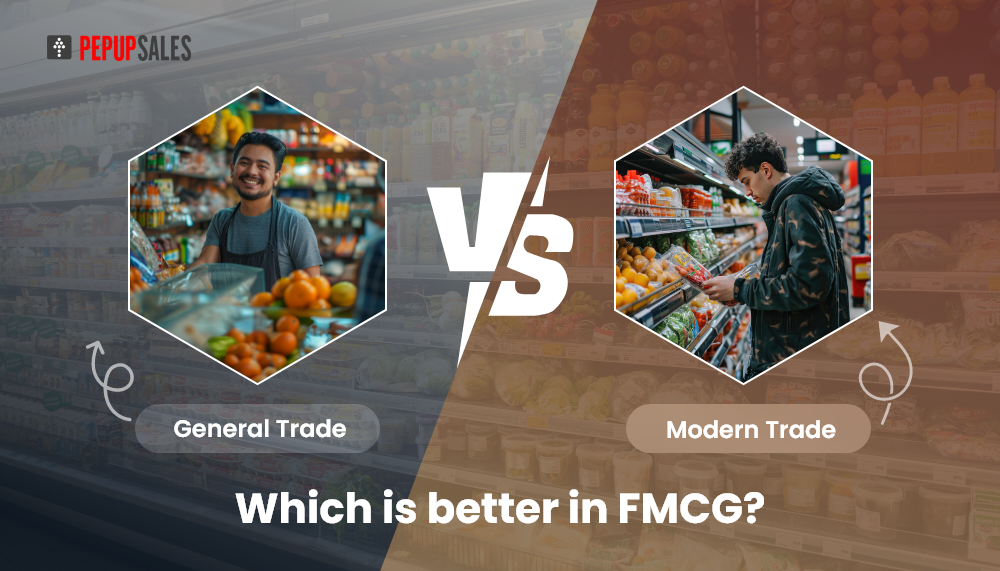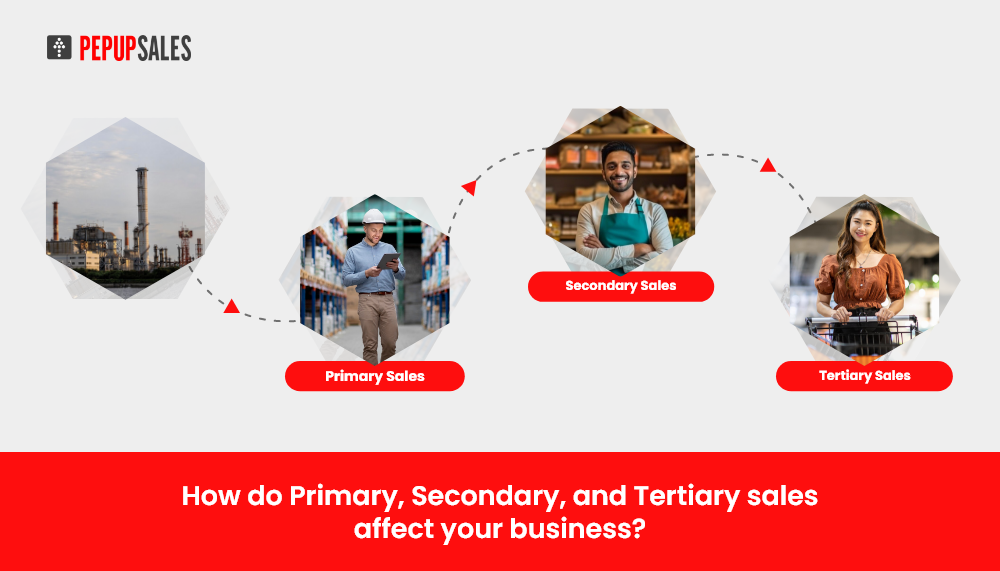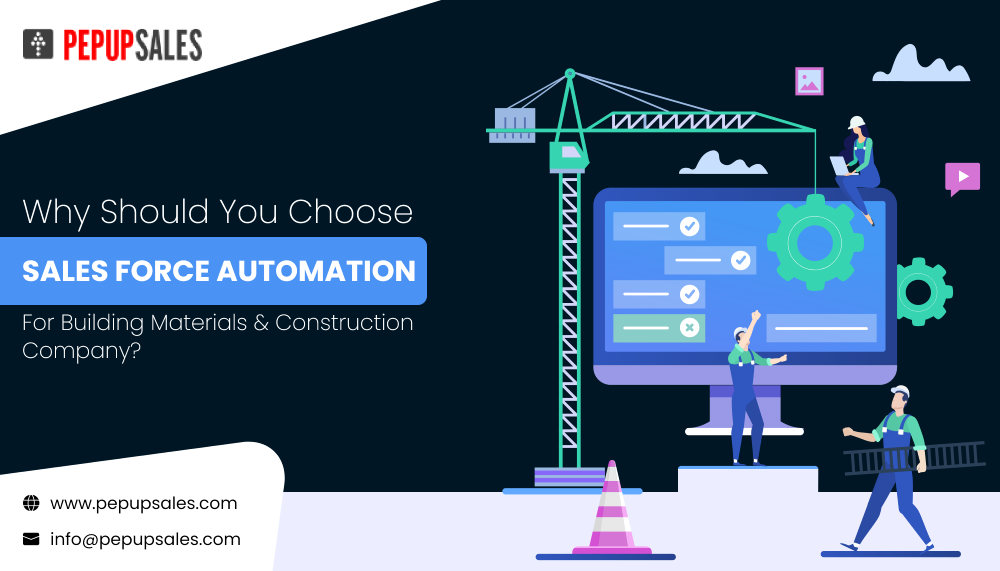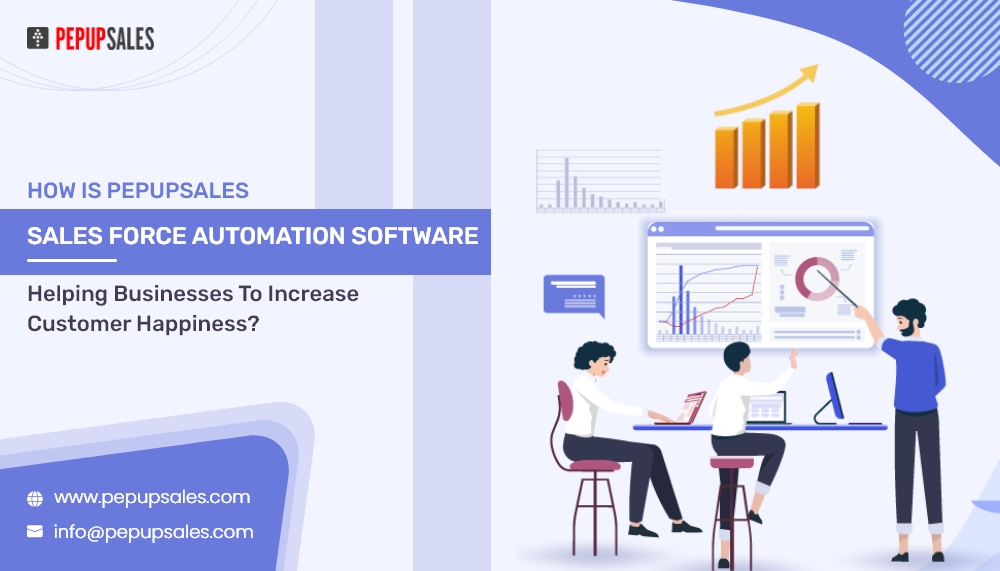Visual Merchandising is a marketing strategy that attracts customers with the help of various floor plans, different colors, good lighting, unique displays, different technologies, and other elements. The main purpose of VM is to use the retail space to generate more sales by making the product stand out from its competitors and attract shoppers.
Creativity is the key to good Visual Merchandising of products and outsmarting competitors. Visual Merchandising uses white space and transition zones to strategically arrange products displayed in a retail store for more attraction. Ultimately with the use of VM strategies retailers guide customers through a curated shopping journey.
What are the types of Visual Merchandising?
In this modern era, Visual Merchandising plays a vital role in brand building. For this to happen, the VM solution has to include a wide variety of techniques and tools, each of them contributing its unique purpose and role in enhancing the retail experience. Some of the different forms of Visual Merchandising include:
- Window Displays: Presenting your product visually in a store is the first impression for the customers. It plays a critical role in creating an attractive and appealing environment that allures the customers to visit the store. A well-designed window display in Visual Merchandising needs regular updates for more focus on eye-catching, unique, and creative Visual Merchandising that reflects the image of a brand.
- In-store Displays: Store Visual Merchandising Displays are an integral part of a cohesive and appealing shopping experience for customers. In-store display Visual Merchandising uses guides for the customers and highlights the specific products of brands. These displays can be differentiated by simple or elaborated, depending on the goals and types of products being sold in a store.
- POP Displays: Point-of-purchase or POP displays are a vitally important tool for persuading customers to buy their product while in a store. POP displays are positioned near the point of purchase, for example near the checkout counter or the exit. It is the area where most customers encounter the products, and the highlights the specific products to promote impulse purchases by the customers, ultimately increasing sales and brand value.
- Lifestyle Displays: These displays are intended to create an alluring shopping experience for the customers in the store. The main motive of lifestyle displays is to showcase the product in a particular way or setting that makes it easy to understand and helps the customers make prudent decisions when making a large or expensive purchase.
- Thematic Displays: Create displays with a specific theme or concept to depict a particular style of a brand. A thematic display can be related or un –related to the concept of the product on the display. This shows conceptual agreement between the thematic display and the product that ultimately allures the customers to buy the product because of its unique theme or style.
What are the objectives of Visual Merchandising?
The primary objective of Visual Merchandising is to allure the customers into the store and increase sales by making them buy the product displayed to them. The store’s display window is the first thing any customer sees, and it is a deciding factor if the product is appealing to the customer or not.
Great retail window design depicts a story, something customers can relate to, and delivers a positive yet persuasive experience from that display. Visual Merchandising isn’t limited to seasonal displays or props. Artistic installations, creating striking graphics, and good lighting all play an important role in creating a unique feeling for the customer. There are dozens of possible applications for Visual Merchandising solutions, but Pepupsales SFA provides the best VM solutions for brand visibility and recognition.
Fundamental Objectives are:
- Attract Customers and Drive Sales: The primary objective of Visual Merchandising is to increase sales by targeting the potential customer’s attention. With the help of attractive displays, retailers can attract customers and encourage them to explore their products further. This is only possible if the placement of products is visually appealing, leads to impulse purchases, and boosts overall sales.
- Tell customers about the products: Another major objective of Visual Merchandising is to educate the buyers about a particular product’s features and specifications. Making good use of signage, labels, and demonstrating product specs helps the customers to fully grasp and understand the functionalities and benefits of that product. This overall educational experience leads to well-informed decision-making about the purchase of that product, which ultimately benefits the company.
- Enhances the shopping experience: Visual Merchandising solely aims to upgrade the shopping experience for a buyer. This creates an impression of loyalty and trust that lasts long for many years. Enhancement of the overall ambiance of the store mainly includes a pleasing environment with aesthetic displays, good lighting techniques, and other elements like music or scents. This whole experience not only supports repeat visits but also creates positive word-of-mouth promotions from satisfied customers.
What are the benefits of Visual Merchandising?
Potential advantages of Visual Merchandising are countless, first comes the increasing number of customers who notice, interact, and enter your retail store to buy the product. This leads to an increased profit and effective Visual Merchandising plays its role very well in creating an image of a brand that has a positive impact on store sales.
Secondly, Visual Merchandising can help the quick sell-off of products without even reducing the prices. For this to happen, identify the optimal position in a retail store and place the product ensuring the customers will have easy access to them. Boosting sales can be tiresome but positioning and showing the best and expensive products in the prominent areas of the store might help in increasing sales numbers.
Lastly, exposing your product to the buyers creates a sense of urgency and allures them to buy your product more. To influence customers to buy your product, you need clear and concise sale signs that depict the discounts and prices of a product. When Visual Merchandising is implemented correctly, it can help in a huge customer base and brand visibility.
Conclusion:
Ending this blog with the final words about Visual Merchandising, there is no doubt in saying that it is a powerful technique that enables businesses to build creative and engaging environments that attract customers and drive more sales. Harness the true potential of Visual Merchandising with the help of Pepupsales SFA and convert your prospects into potential leads. By strategically planning and implementing the key elements as we discussed in this blog post about types of Visual Merchandising, objectives of Visual Merchandising, and benefits of Visual Merchandising. It is indeed very important to know the latest trends and align your strategy accordingly. This is a competitive market where customers want something new every time. So visually stimulating their experience will ultimately benefit in enhancing your customer’s experience and sales.












